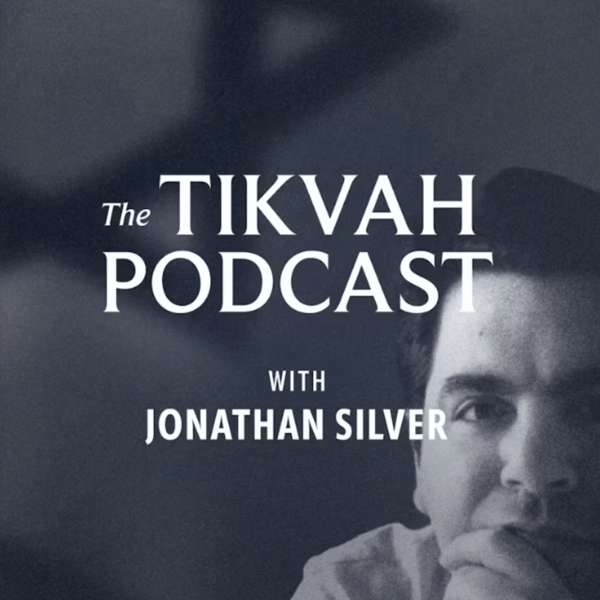Richard Goldberg on Recent Joint Military Exercises Between America and Israel
The Tikvah Podcast
Tikvah
4.6 • 620 Ratings
🗓️ 9 February 2023
⏱️ 43 minutes
🧾️ Download transcript
Summary
When the United States entered the Second World War, it needed to fight against both the Nazis in Europe and the Middle East and the Japanese in the Pacific. To manage that gargantuan task, American military planners divided the regions of the earth into different areas of responsibility, within which a single authority would unify and command forces from every military branch and service. That structure has lasted through today, so that the United States now has eleven combatant commands.
Due to longstanding tension between Israel and its Arab neighbors, it had been included in the US military’s European Command, even though much of the rest of the Middle East was organized as a part of its Central Command, known as CENTCOM. That Israel was included in European Command for all those decades had some benefits, like greater interaction with NATO. But in recent years its presence there limited America and Israel’s ability to work together; as the cold war drew down, and the war on terror ramped up, European Command was no longer at the cutting edge of military strategy, attention, or resources.
The Abraham Accords surfaced a new public friendliness between Israel and many of the Arab neighbors. In recognition of this fact, Israel was officially transferred to CENTCOM in January 2021, making possible enhanced coordination among the US military, the IDF, and regional Arab forces.
This week, Richard Goldberg, a veteran Middle East observer and foreign-policy analyst, joins Mosaic editor Jonathan silver to look at the consequences and import of Israel’s move to CENTCOM. They use the recent joint exercises undertaken by the US military and the Israel Defense Forces, known as Juniper Oak 23. Operating together on sea, land, and air, the joint exercises were widely thought to have been designed to convey a signal to Iran.
Musical selections in this podcast are drawn from the Quintet for Clarinet and Strings, op. 31a, composed by Paul Ben-Haim and performed by the ARC Ensemble.
Transcript
Click on a timestamp to play from that location
| 0:00.0 | When the United States entered into the Second World War, it needed to devise some organizational |
| 0:13.2 | structure to unify its effort and provide for effective command and control in multiple |
| 0:18.3 | theaters of war simultaneously. It would need to wage war against the |
| 0:23.1 | Axis powers in Europe, and at the same time it would need to fight in the Pacific. So, American |
| 0:28.5 | military planners divided the regions of the earth into different areas of responsibility, |
| 0:34.1 | and each area of responsibility would have a unified combatant command, |
| 0:38.9 | wherein a single military authority would have at his disposal the powers of each and every branch in service. |
| 0:45.7 | In 2023, the United States has 11 such combatant commands, |
| 0:50.0 | some organized regionally, directing operations in Europe or the Indo-Pacific, and some that are |
| 0:55.3 | organized by function, like the U.S. Cyber Command that directs the U.S. military's cyber |
| 1:00.5 | operations across the globe. Now, due to longstanding tension between Israel and her neighbors, |
| 1:06.7 | Israel had been included in the U.S. military's European command, even though much of the rest of |
| 1:12.9 | the Middle East was organized as a part of its central command, known as Centcom. |
| 1:18.4 | That Israel was included in America's European command for all those decades had some benefits, |
| 1:24.2 | not least among them, the ability for greater interaction with NATO. But as the Cold |
| 1:29.3 | War drew down and the U.S. Global War on Terror ramped up, European Command was no longer |
| 1:35.1 | at the cutting edge of military strategy, attention, or DOD resources. The U.S. military |
| 1:40.6 | had often worked well with the IDF, but its presence in the European command structure could function as a limitation on their working together. |
| 1:48.2 | The Abraham Accords surfaced a new public posture from many of the Arab neighbors |
| 1:53.5 | whose previous animosity was the reason for Israel being sidelined in the European |
| 1:58.7 | command in the first place. |
| 2:00.4 | And, in recognition of new facts on the ground, |
... |
Please login to see the full transcript.
Disclaimer: The podcast and artwork embedded on this page are from Tikvah, and are the property of its owner and not affiliated with or endorsed by Tapesearch.
Generated transcripts are the property of Tikvah and are distributed freely under the Fair Use doctrine. Transcripts generated by Tapesearch are not guaranteed to be accurate.
Copyright © Tapesearch 2025.

